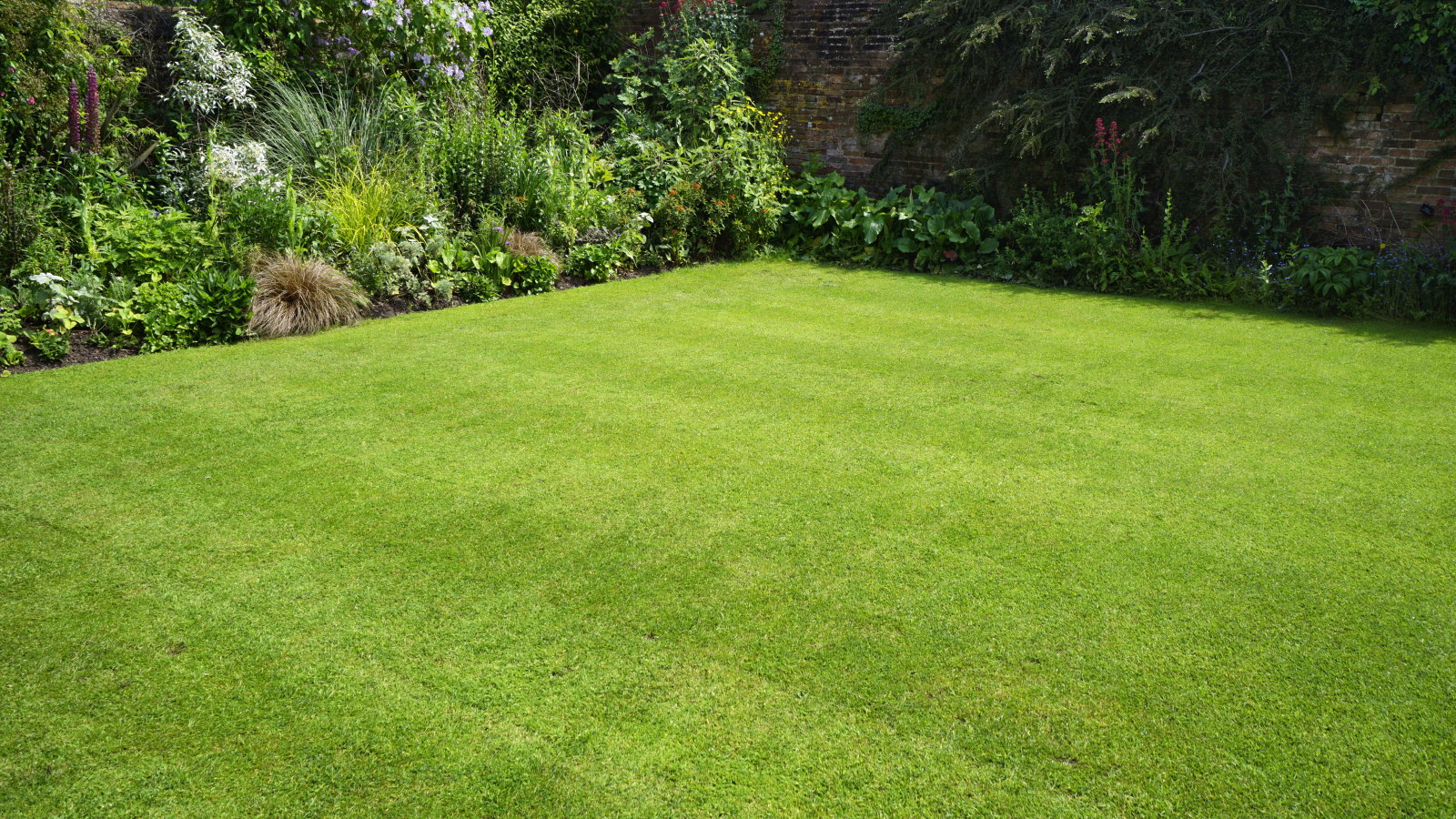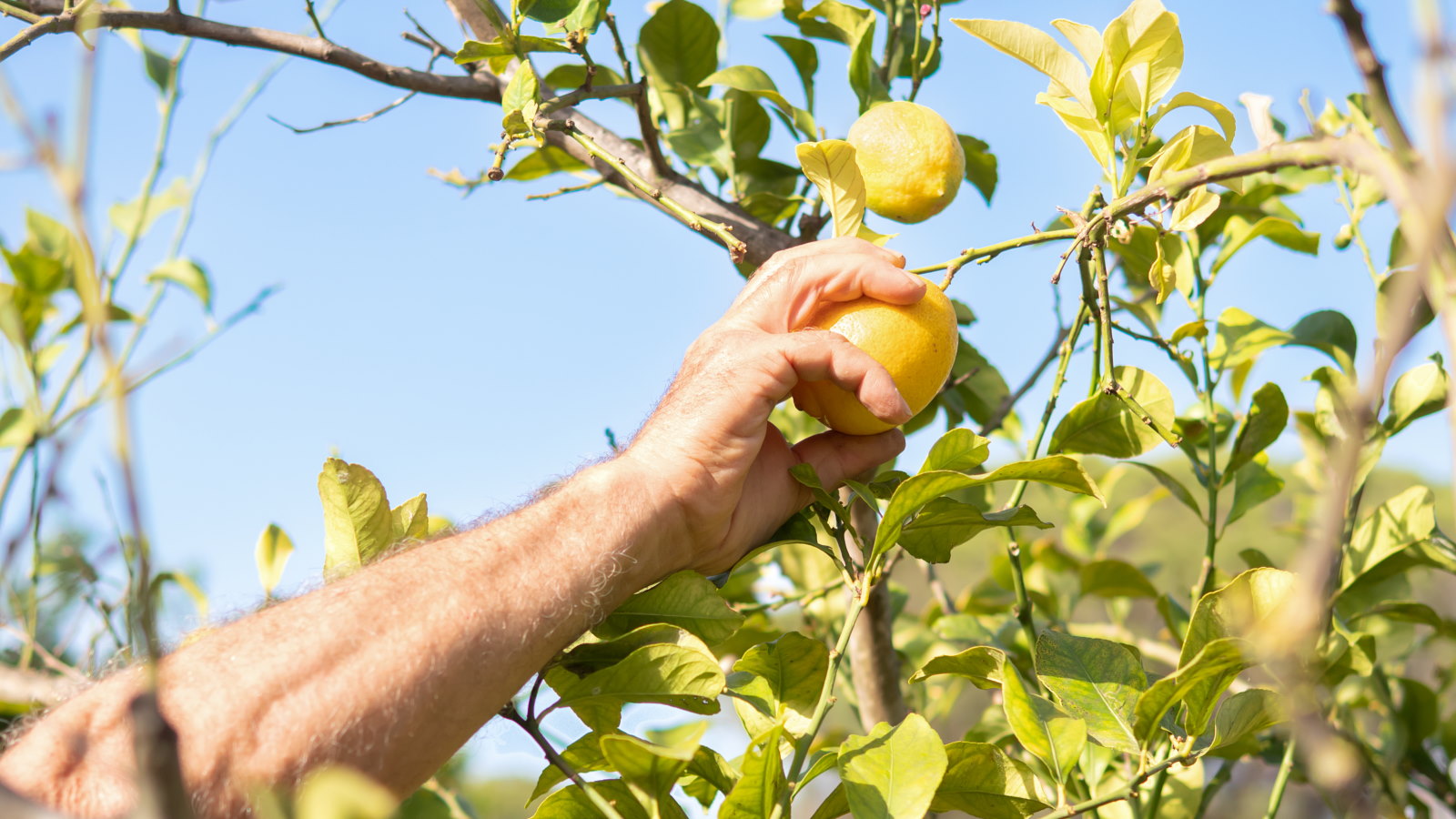When to cover plants for frost – experts reveal the temperatures that trigger action
Understanding your climate and your plants also help you know when to cover plants in winter


Winter means freezing temperatures and frosty nights. There are hardy plants that can withstand whatever winter throws at them, but also many plants that need protection from the elements. Knowing when to cover plants for frost helps you stay ahead of the cold and keep your precious plants tucked up and out of danger.
Your climate will dictate when you need to cover plants for frost, ranging from early fall to mid-winter, but being proactive ensures that you get any covers in place in good time. That includes understanding when temperatures get potentially dangerous and monitoring forecasts and weather alerts.
Knowing how to protect plants from frost is all good and well, whether you choose to cover plants, wrap tender trees, or bring tender plants indoors. But none of those methods count if you do not do it in good time. This guide looks closely at when to cover plants, revealing the temperatures to act at and how to keep one step ahead of the cold weather.

Tender and half-hardy plants need to be covered or protected from frosts
When do you need to cover plants for frost?
Winter freezes and frosts can cause irreparable damage to plants. Ice crystals form on the surfaces of plants in light frosts, but a deep freeze causes ice to form within the plant’s tissues. Such deep damage causes irreversible damage as plants turn black and die.
There may be many plants in your backyard ideas that need protection from winter frosts. Tender and tropical plants, marginal plants, and newly planted trees and shrubs will all benefit from covering.
3 ways to guarantee you cover plants for frost in time
Follow these expert-approved methods to make sure you cover plants for frost before the cold weather inflicts damage.
1. Stay on the safe side

Cover half-hardy vegetables from frost if you cannot harvest them in time
It is important to start thinking about when to cover plants in advance of incoming cold weather. As well as having equipment ready, knowing the temperatures when it is vital to cover plants for frost means you are prepared for action when any cold snaps occur.
‘Frost generally happens on clear, damp nights, when the temperature dips below 32ºF,’ says Tammy Sons, experienced horticulturist and founder of TN Nursery. ‘Anytime the forecast shows two to five degrees above frost, I would cover plants to stay on the safe side.’
The urgency to cover plants in winter increases when a hard frost is predicted. As Tammy warns: ‘A hard or "killing" frost is when the temperature drops below 25º for four hours, in which case you would need to cover plants immediately, otherwise, they may freeze.’

Tammy Sons has decades of experience in horticulture. She is the founder and CEO of TN Nursery, which is recognized as the go-to place for some of the world's largest brands.

A wireless weather station that displays the temperature and humidity as well as the weather forecast for the next 12-24 hours.
2. Use weather forecasts and local knowledge

Your climate will impact when to cover plants for frost
Knowing the usual first and last frost dates for your US hardiness zone is an important way to keep ahead of the curve.
While weather patterns can fluctuate year to year, knowing your typical first and last frost dates gives you a general idea of when to cover your plants for frost. The usual first frost date can range from August or early September in US hardiness zones 1 and 2 to December in US hardiness zone 10.
Knowing the usual frost dates is not enough, however, as the weather is never guaranteed to stick to the traditional timetable. Therefore, monitor long-range weather forecasts and keep an eye on weather alerts to help you cover plants for frost in good time.
‘We now can get fairly accurate weather forecasts on our phones,’ says landscape and arboriculture expert Scott Seargeant. ‘Check the two-week forecast as the nighttime temperatures dip into the mid-40s Fahrenheit.’
The National Weather Service issues frost advisories when temperatures of 33-36ºF are predicted and freeze warnings when temperatures are forecasted to go below 32°F for an extended period.

Scott Seargeant is an international consulting arborist and owns a full-service landscape installation company featuring the design, consultation, and installation of beautiful landscapes.
3. Understand your plants

Even hardy shrubs can potentially be damaged by extreme cold
Scott Seargeant adds that understanding the hardiness levels of your plants helps you make sensible decisions about when to cover plants for frost.
You may need to protect vegetables from frost, protect container plants from winter weather, protect trees in winter, and move tender plants indoors. It can mean a lot of action, so knowing what plants can tolerate may save you from a panicked state at the last minute trying to cover everything.
‘Knowing what your plant’s frost sensitivity is before frost hits is a must and will keep you from scrambling at the last minute,’ he says. ‘The duration of frost is also a factor. If the temperature only drops below 32°F for a short time, your plants may not be affected at all. Whereas, long nights for freezing temperatures can affect even frost-hardy plants.’
Plants like citrus trees and cold-hardy vegetables can take some frost with minimal damage. If a last-minute frost is predicted, tropical and tender plants will take priority as they can suffer serious damage by temperatures in the low 30s.
FAQs
What temperature is considered a killing frost?
A killing frost, also known as a hard frost or severe frost, is when the temperature drops below 25ºF. This level of cold is capable of causing severe damage to most plants. If a killing frost is predicted, this must influence when to cover plants for frost if you have not already got protection in place.
One way to help make plants less vulnerable to cold may surprise many, and that is to water plants before a frost. Moist soil holds much more heat than cold soil, so watering plants in the day before a frost is predicted can help to protect them. Only moisten the soil, rather than soaking it, and allow the warm soil to insulate the plant’s roots.
Sign up to the Homes & Gardens newsletter
Design expertise in your inbox – from inspiring decorating ideas and beautiful celebrity homes to practical gardening advice and shopping round-ups.

Drew’s passion for gardening started with growing vegetables and salad in raised beds in a small urban terrace garden. He has worked as a professional gardener in historic gardens and specialises in growing vegetables, fruit, herbs, and cut flowers as a kitchen gardener. That passion for growing extends to being an allotmenteer, garden blogger, and producing how-to gardening guides for websites. Drew was shortlisted for the New Talent of the Year award at the 2023 Garden Media Guild Awards.
-
 Bryce Dallas Howard's bedroom is the most creative, social space in her entire home – she uses 'conversational seating' to create a multifunctional 'salon'
Bryce Dallas Howard's bedroom is the most creative, social space in her entire home – she uses 'conversational seating' to create a multifunctional 'salon'The actress's bedroom doubles as a home office thanks to its clever layout and furnishings, proving that this area is much more than a sleep space
By Hannah Ziegler
-
 7 questions to ask yourself before moving house – realtors promise answering these questions will prevent buyer's regret
7 questions to ask yourself before moving house – realtors promise answering these questions will prevent buyer's regretDon’t make your move harder, ask these questions before moving to avoid mistakes
By Chiana Dickson
-
 7 native perennials to plant in April – for glorious flowering displays to attract bees, butterflies, and hummingbirds
7 native perennials to plant in April – for glorious flowering displays to attract bees, butterflies, and hummingbirdsDiscover some of the best perennials to plant in April to make your garden a hotspot for wildlife
By Drew Swainston
-
 7 shrubs to plant in April to transform beds and borders – including native plants and bushes suitable for dry or wet spots
7 shrubs to plant in April to transform beds and borders – including native plants and bushes suitable for dry or wet spotsThese shrubs can bring flowers, texture, and fragrance, as well as attracting beneficial insects and birds
By Drew Swainston
-
 I'm a lawn care expert, and always do these 7 jobs in April to ensure thick, green grass all summer long
I'm a lawn care expert, and always do these 7 jobs in April to ensure thick, green grass all summer longTransform your lawn with these simple yet highly effective April lawn care tasks
By Drew Swainston
-
 Horticulturists urge you to prune these 7 plants in April – for healthy growth and better-than-ever flowering displays
Horticulturists urge you to prune these 7 plants in April – for healthy growth and better-than-ever flowering displaysDiscover a key selection of plants to cut back this month, with expert pruning advice
By Drew Swainston
-
 7 fruits to plant in April for years of tasty homegrown harvests, plus expert planting tips
7 fruits to plant in April for years of tasty homegrown harvests, plus expert planting tipsAn exceptional selection of fruit trees and soft fruit can be planted this month
By Drew Swainston
-
 7 dazzling cut flowers to plant in April for bountiful blooms to enjoy in bouquets, vases, and displays this summer
7 dazzling cut flowers to plant in April for bountiful blooms to enjoy in bouquets, vases, and displays this summerDiscover sowing tips from an expert horticulturist
By Drew Swainston
-
 7 of the best vegetables to plant in April, with sowing tips from an experienced grower for bumper harvests
7 of the best vegetables to plant in April, with sowing tips from an experienced grower for bumper harvestsFrom broccoli to zucchini, April is a fantastic time to plant a wide range of vegetables
By Drew Swainston
-
 Best fragrant spring-flowering perennials – 5 charming choices to infuse delightful scent in your yard this season
Best fragrant spring-flowering perennials – 5 charming choices to infuse delightful scent in your yard this seasonSpring is full of so many beautiful aromas, uplifting our yards and making them an even more pleasant place to be
By Tenielle Jordison